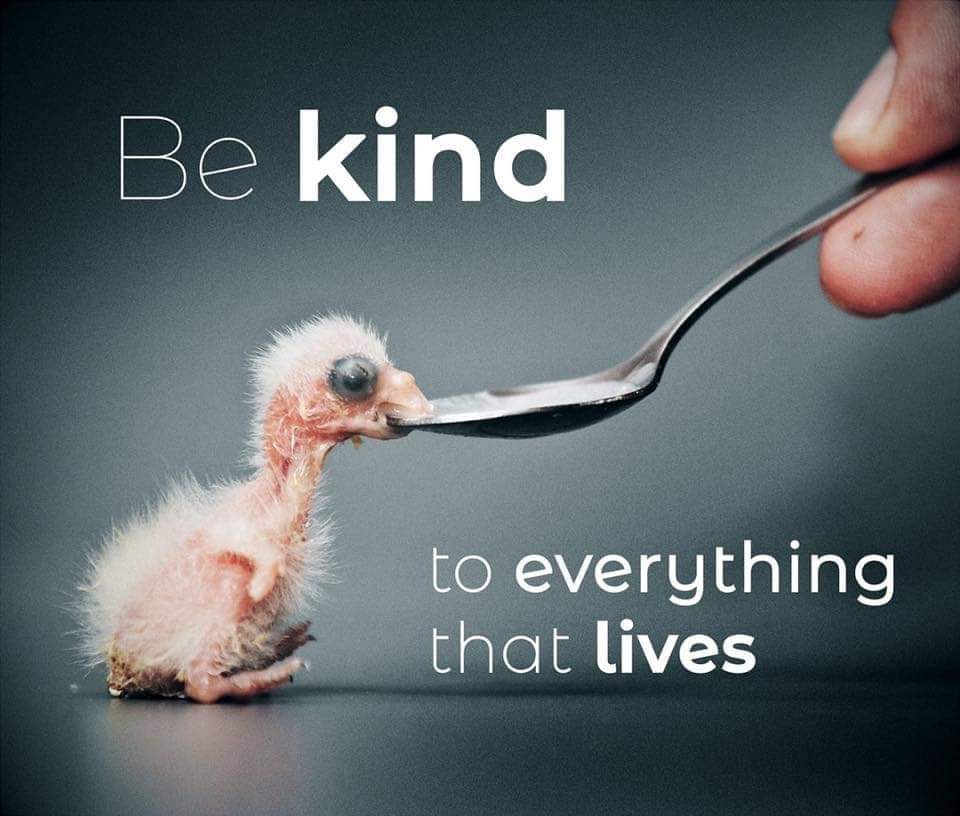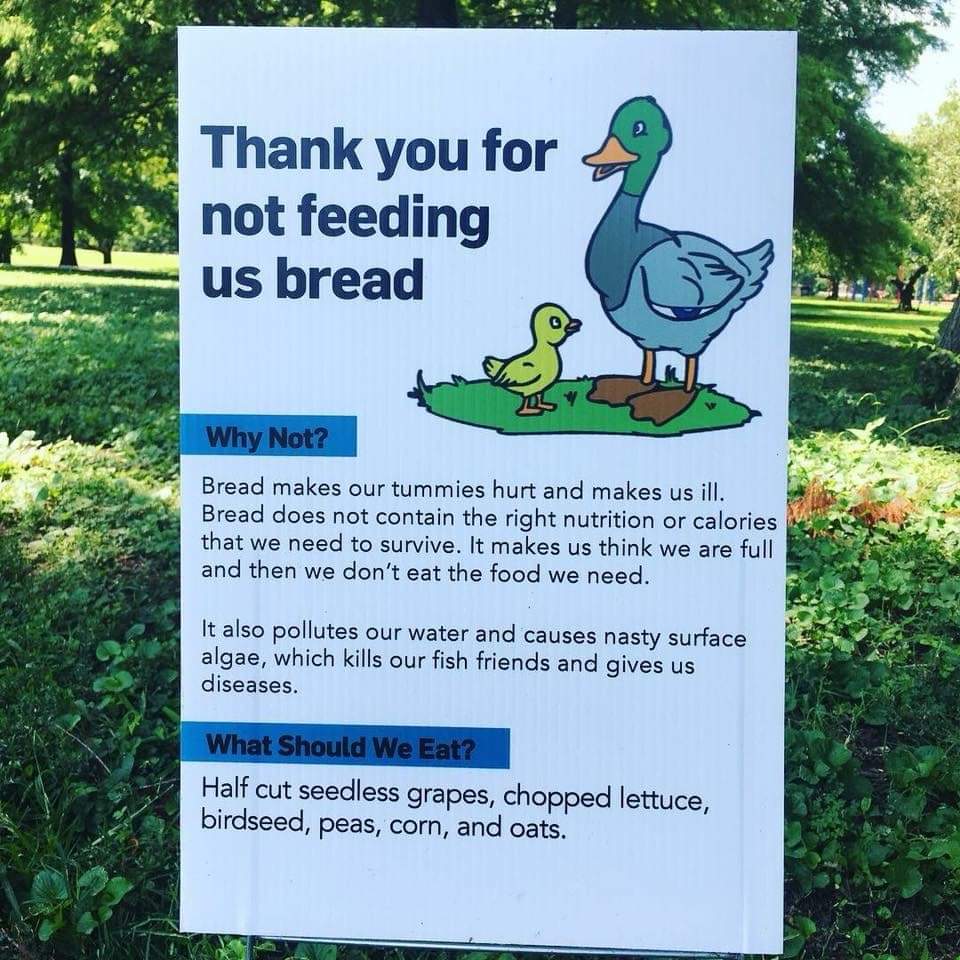Injured Birds – what to do
- Do not endanger yourself or the bird.
- Take care when handling large birds – watch for beaks and claws.
- Do not ‘bird-nap’ – make sure that the bird really needs help.
RESCUE A BIRD IF:
- It has blood on it.
- It has an open wound.
- It has a broken bone.
- It cannot stand on its own.
- One of its legs is hanging uselessly.
- It cannot fly (but it is not a nestling or fledgling being coached by nearby parents).
- Its beak is damaged.
- It has oil on its feathers.
- It is caught in a trap, fishing line, or string.
- It has been caught by a cat even if it seems fine.
- It is unconscious.
- It is having difficulty breathing.
BIRD RESCUE METHOD:
- Once you have assessed the situation and you have decided that there is a need to rescue the bird, do so quickly and quietly.
- Throw a towel or lightweight blanket over the bird.
- Place the bird in a box and cover the top. The darkness will calm it.
- Keep it warm. Fill a hot water bottle with warm water, wrap it in a towel, and place it under the bird.
- Contact the local bird rescue organisation or SPCA.
In late spring and early summer many baby birds, known as fledglings, make early attempts to fly that may result in them being separated from their nest and their mother.
Fledglings – what to do


In most cases these birds are not injured and are not in need of any extra care. In fact they often have a much better chance of surviving to adulthood if they are left in their own habitat.
We have put together some key points about baby and young birds to help you decide what to do if you find a bird out of the nest – it could make the difference to whether a baby bird survives or not.
ASSESS THE SITUATION:
- Does the baby bird have its feathers?
- Can it perch?
- Is it healthy – alert, sitting straight, active?
- No injuries, blood on feathers etc?
If the fledgling is healthy, use one of the methods below to help keep them safe:
FLEDGLING RESCUE METHOD 1:
- If the fledgling has feathers and can perch place it on a branch the right size for it to grip, near where it was picked up.
- If the baby bird cannot perch and/or has no feathers use one of the methods below.


FLEDGLING RESCUE METHOD 2:
- Try to locate the nest and place the fledgling back in.
- If the nest has fallen out of the tree, wedge it securely back into place.
FLEDGLING RESCUE METHOD 3:
- Place the young bird on top of a thick hedge. This will be hard for cats to climb up onto and also gives a good platform from which to eventually take off.
- The youngster will call out for its parents and should be fed by them until it’s time to take that first major flight, hopefully within a week or so.
FLEDGLING RESCUE METHOD 4:
-
- Cut an ice cream or milk container in half and discard the top part.
- Punch small holes in the bottom (for drainage) and holes in the side (small enough to feed string, thread, or wire through) and hang it from either a tree branch or clothesline. (The clothesline is preferable, as cats have difficulty climbing up clothesline poles.)
- Put bark shavings, leaves, etc, in the bottom of the container.
- The bird should call out and be fed by the parents until it gets its full flying wings and is ready to leave.
Move well back and watch for evidence of adults interacting with the baby. You may see the parents immediately but it is also possible that they may take a few minutes to appear.
If the baby bird is too young, or sick or injured, it will need to be taken into care by a knowledgeable bird carer. It is essential to keep it warm with a hot water bottle or equivalent but please do not try to feed the bird and keep handling to a minimum.
If you are not sure what to do please contact SPCA or local bird rescue organisation.


